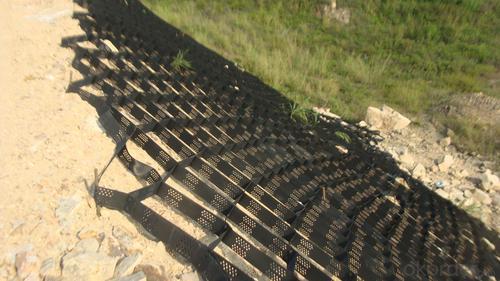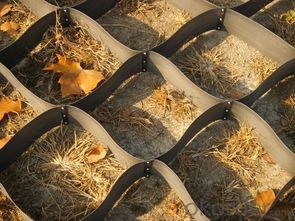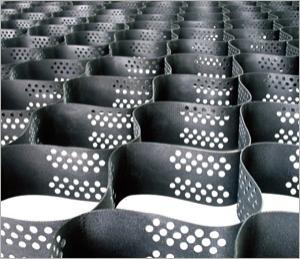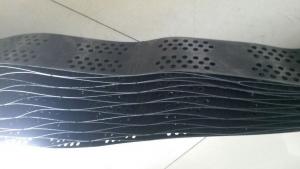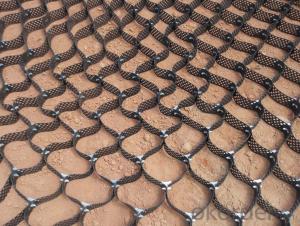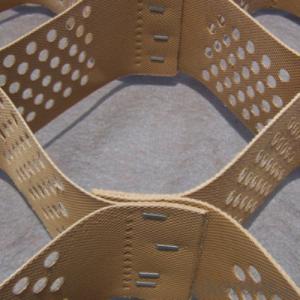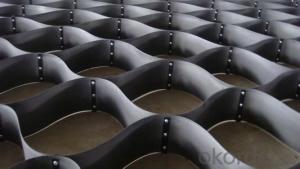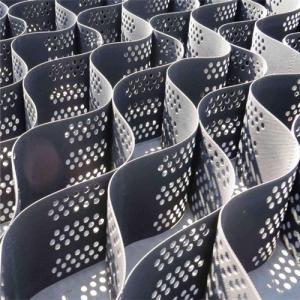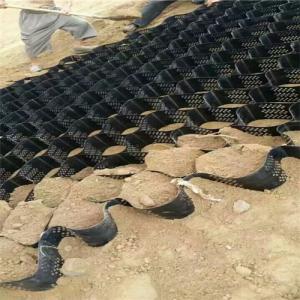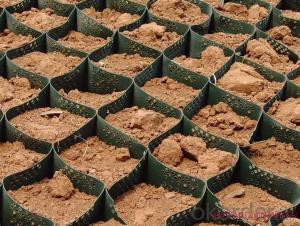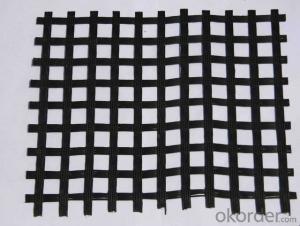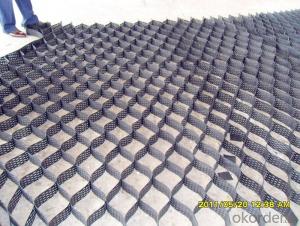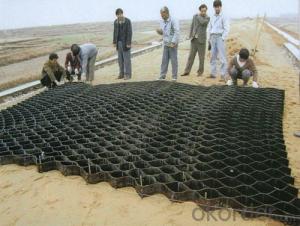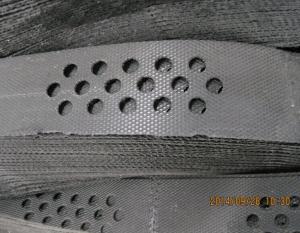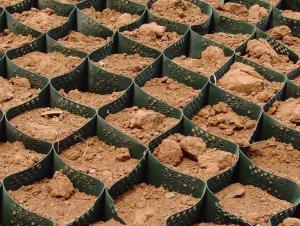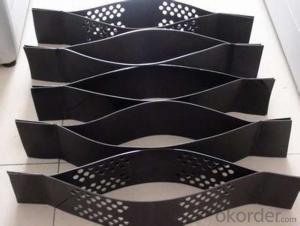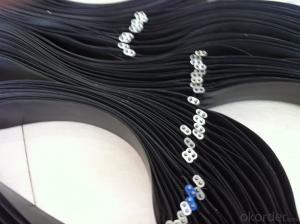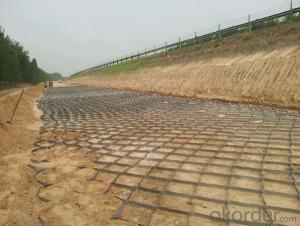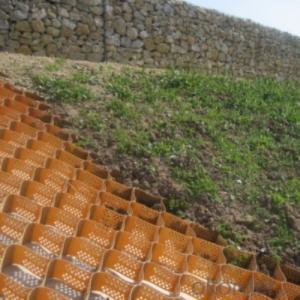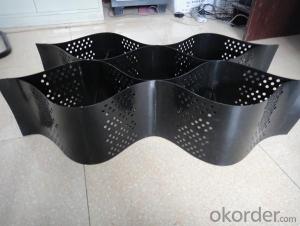HDPE Steel Plastic High Strength Geo-cell Reinforced used on Reinforcement High Speed Road
- Loading Port:
- Qingdao
- Payment Terms:
- TT OR LC
- Min Order Qty:
- 10000 m²
- Supply Capability:
- 300000 m²/month
OKorder Service Pledge
OKorder Financial Service
You Might Also Like
Description Of HDPE Steel Plastic High Strength Geo-cell
High strength geocell reinforced is made from polyethylene (PE) as main raw materials, to add black master batch and anti-aging additives, By heating and stretching, make it as sheet, After a riveting, it become with three dimensional network structure and have high strength and low elongation ratio characteristics. It is mainly used for special Foundation treatment of Highway, desert, beach road, railway, river, dam, the flood control of the cofferdam building etc.It has a high foundation bearing capacity and strong impact resistance, Easy construction, low cost, it is an effective high-strength geosynthetics.
Main Features of HDPE Steel Plastic High Strength Geo-cell
Stabling the roadbed of railway
Geocells protect detritus and gradation moving in landscape orientation, firm the whole roadbed, stop collapse occurring, increase road using time obviously in area where traffic is heavy.
Staling the roadbed of highway
Outspreaded geocells produces high elastic force, reduce more then 50% foundation thickness liken to traditional stone foundation and detract gravity and press in landscape orientation.
Bearing loading press in dykes and walls
Geocells form a certain construction to prevent press in landscape orientation, can be projected staged.
Administering shallow water river way
Be paved in riverside slopes in outspreading form, geocells slow up water walloping, stable riversides bed and support procreation to grow.
Specifications of HDPE Steel Plastic High Strength Geo-cell
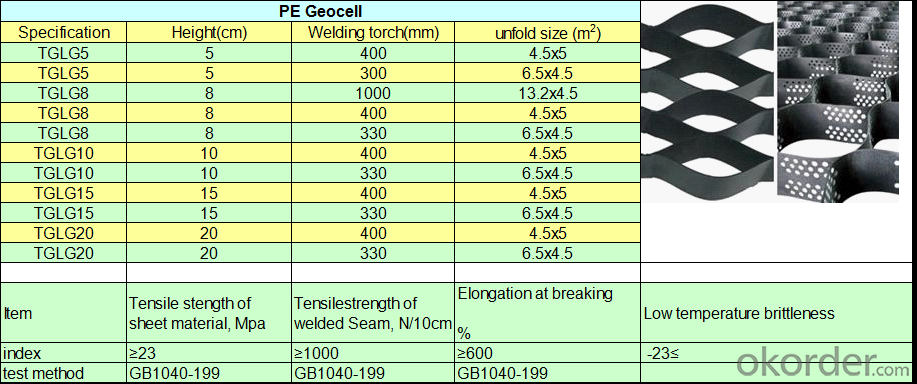
Applications of HDPE Steel Plastic High Strength Geo-cell
1. It has retractable, contractible fold when transportation, it can be tensioned reticulated when construction , fill dirt, gravel, concrete and other loose material , constitute a powerful lateral limits and great structure stiffness .
2. Light weight, wear resistance, chemical stability, light oxygen aging, acid, suitable for different soil and desert soil conditions.
3. Higher lateral restrictions and non-slip, anti-deformation, effectively enhance the load bearing capacity and decentralized subgrade.
4. Geocell change the height, distance and other weld geometries to meet different project needs.
5. Connection is convenient, fast construction speed
IMages of HDPE Geocell
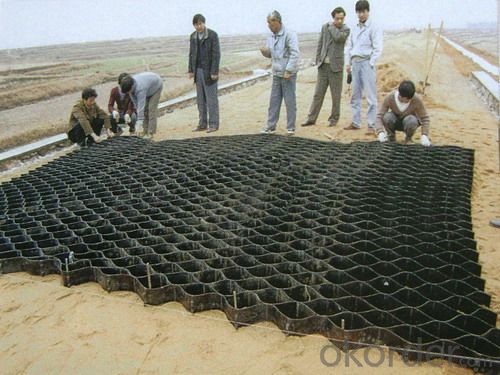

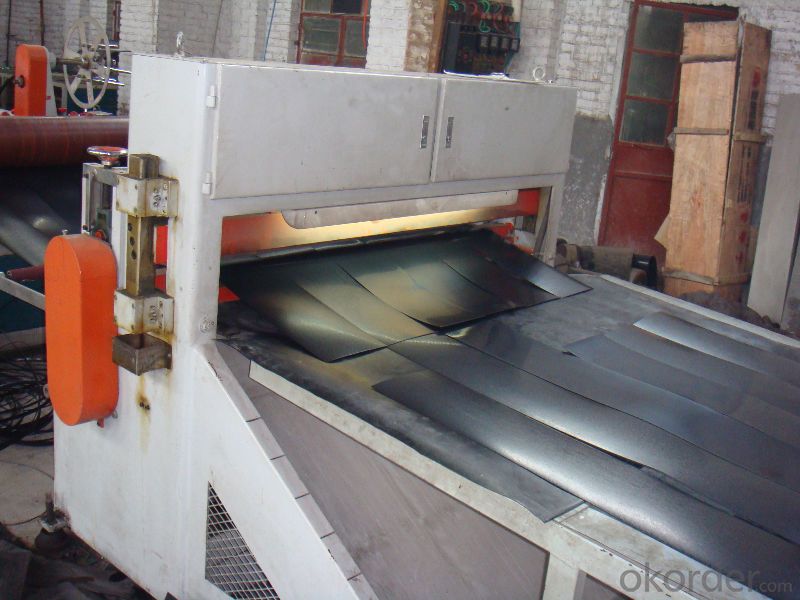
RFQ:
Q1:Can you provide a sample for us?
A:yes,we can provide for your free samples based on freight collect.
Q2:What is your MOQ?
A:MOQ is 10000sqm.
Q3:What is payment terms?
A:T/T,L/C
Q4:What is your lead time?
A:According to your order quantity,usually 7days for 1*40HC
Q5:Do the customized design accepted?
A:We welcome customized design.
- Q: How do geocells improve the load distribution of soil?
- Geocells improve the load distribution of soil by confining and stabilizing granular materials within their honeycomb-like structure. This confinement prevents lateral spreading of the soil under load, allowing for a more even distribution of pressure and reducing the potential for settlement or deformation. Additionally, the geocells increase the effective stress within the soil, enhancing its load-bearing capacity and overall stability.
- Q: How do geocells improve the stability of landslide-prone areas?
- Geocells improve the stability of landslide-prone areas by providing a reinforced and stabilizing structure. They are essentially cellular confinement systems made of high-density polyethylene, which are filled with soil or aggregate materials. These geocells act as a barrier against soil erosion, preventing the movement and displacement of soil particles. The confinement and interlocking mechanism of geocells help distribute loads and forces evenly across the area, reducing the potential for landslides. Additionally, geocells enhance the overall shear strength and bearing capacity of the soil, making it more resistant to slope failures and landslides.
- Q: What are the advantages of using geocells in land reclamation?
- There are several advantages of using geocells in land reclamation. Firstly, geocells provide enhanced stability and reinforcement to the soil, preventing erosion and ensuring long-term sustainability of the reclaimed land. Secondly, geocells facilitate efficient drainage and soil filtration, reducing the risk of waterlogging and maintaining optimal soil conditions for vegetation growth. Additionally, geocells are cost-effective compared to traditional methods, as they require less material and labor for installation. Lastly, geocells are eco-friendly, as they are made from recyclable materials and promote the establishment of green spaces in reclaimed areas.
- Q: Can geocells be used for temporary access roads?
- Yes, geocells can be used for temporary access roads. Geocells are a cost-effective and efficient solution for creating stable and strong surfaces for temporary access roads, particularly in challenging terrains or construction sites. They provide reinforcement and stabilization to the ground, allowing heavy machinery and vehicles to traverse without causing damage or sinking. Additionally, geocells are easy to install, dismantle, and reuse, making them ideal for temporary road applications.
- Q: Can geocells be used in coastal areas?
- Yes, geocells can be used in coastal areas. Geocells are a type of geosynthetic material that can provide erosion control, stabilization, and protection against wave action in coastal environments. They can be installed on beaches, dunes, or other coastal structures to enhance stability and prevent erosion.
- Q: How do geocells improve fire protection?
- Geocells improve fire protection by acting as a barrier to prevent the spread of flames and heat. The cellular structure of geocells creates a reinforced layer that can be filled with non-flammable materials such as soil or gravel. This layer acts as a firebreak, slowing down or stopping the progression of fire. Additionally, geocells can be used for erosion control and vegetation growth, which further enhances fire protection by creating a green and fire-resistant environment.
- Q: Can geocells be used for railway ballast reinforcement?
- Yes, geocells can be used for railway ballast reinforcement. Geocells are three-dimensional, honeycomb-like structures made of high-density polyethylene (HDPE) or other suitable materials. They are filled with compacted aggregate or soil, providing confinement and stabilization to the ballast layer. This reinforcement improves the load-bearing capacity and reduces lateral movement of the ballast, resulting in increased track stability and longevity. Geocells also help distribute loads more evenly, reducing maintenance requirements and improving overall performance of the railway track.
- Q: Can geocells be used in load transfer platforms?
- Yes, geocells can be used in load transfer platforms. Geocells are cellular confinement systems made from high-density polyethylene materials. They provide a stable and load-bearing structure when filled with compacted infill materials. This makes them suitable for load transfer platforms, as they distribute the load and minimize settlement, erosion, and lateral movement. Geocells also enhance the stability and strength of the platform, making them a reliable choice for load transfer applications.
- Q: How do geocells improve water infiltration rates?
- Geocells improve water infiltration rates by creating a stable and permeable surface that allows water to flow through easily. The three-dimensional honeycomb structure of geocells prevents soil compaction and promotes the formation of natural pores, which enhance water infiltration. Additionally, geocells help to distribute and retain water evenly, preventing surface runoff and increasing the overall infiltration capacity of the soil.
- Q: Are geocells suitable for use in ground reinforcement for parking structures?
- Yes, geocells are suitable for use in ground reinforcement for parking structures. Geocells provide a cost-effective and sustainable solution for stabilizing and reinforcing the ground, preventing soil erosion, and improving load-bearing capacity. They are easy to install, flexible, and have proven to be highly effective in providing long-lasting stability and durability for parking areas.
Send your message to us
HDPE Steel Plastic High Strength Geo-cell Reinforced used on Reinforcement High Speed Road
- Loading Port:
- Qingdao
- Payment Terms:
- TT OR LC
- Min Order Qty:
- 10000 m²
- Supply Capability:
- 300000 m²/month
OKorder Service Pledge
OKorder Financial Service
Similar products
Hot products
Hot Searches
Related keywords






